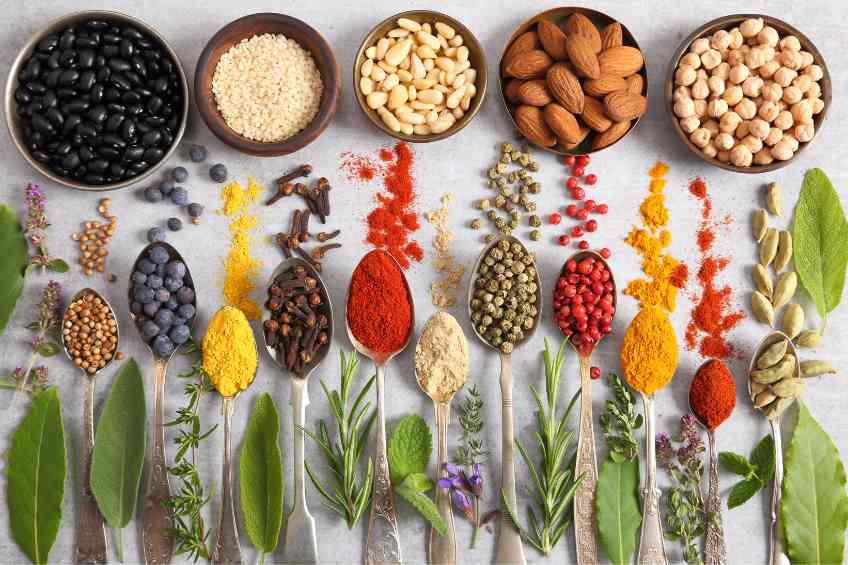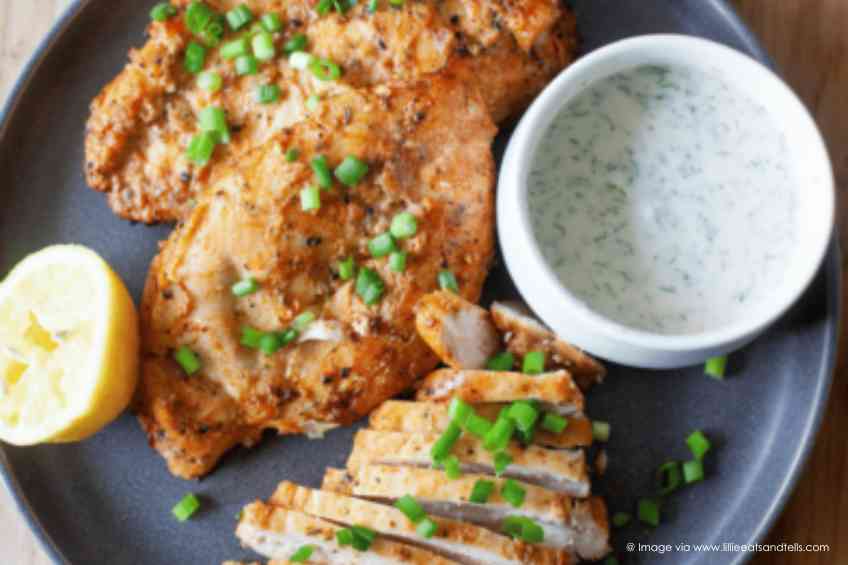The Skinny:
Nutritional Superfoods seem so powerful some believe they have extraordinary nutritional power. Admittedly, virtually all of them are stuffed with abundant nutrients that can help promote health and prevent illness. But the idea of superfoods isn’t new. It surfaced during the First World War to promote bananas. Now, however, the term is everywhere, which has helped to nurture an almost $200 billion global market that covers the likes of avocados, kale, garlic, berries and ginger, among others. Nutritionists caution while superfoods are undoubtedly good for people, they shouldn’t be seen as cure-alls. Superfood consumers would also be wise to move beyond the most hyped versions and explore little-known versions of these nutrient-rich foods. Not surprisingly, WellWell is here to help. We’ve identified a superfood list that tends to escape common notice but are still worth investigating. Read on.
The Slate:
Limequat
This citrus fruit is an ancient hybrid of key lime and kumquat. It is versatile and great in fruit salads and pies while teaming well with cheesecake, fish, goat cheese and even margarita mixes. They can be eaten whole—rinds and all. A 67-gram fruit has 20 calories, 7 grams of carbohydrates, 2 grams of fiber, 1 gram of total sugar and no fat or protein. It also has 22 milligrams of calcium, 70 milligrams of potassium and 35 percent of the daily recommended value of vitamin C.
Pomelo
A pomelo can be bigger than a cantaloupe and sweeter than a grapefruit. A peeled fruit with about 21 ounces will have 231 calories, 5 grams of protein, no fat or cholesterol, 58 grams of carbohydrates and 6 grams of fiber. Besides all this, a pomelo this size will provide 12.6 percent of the daily recommended value of riboflavin, 17.3 percent of thiamin, 32 percent of copper, 28 percent of potassium and more than 400 percent of vitamin C.
Pluot
This hybrid is 60 percent plum and 40 percent apricot. A large one has about 80 calories, 19 grams of carbohydrate, 3 grams of fiber, 1 gram of protein, no fat, 225 milligrams of potassium and 10 percent daily value of vitamin C. They hold about 15 grams of sugar, making them sweeter than plums. Nonetheless, they still boast a low glycemic index.
Hubbard Squash
A Native American squash, Hubbards are technically a fruit, not a vegetable. Its flesh is golden and slightly sweet, making them great for roasting. A one-cup serving (about 116 grams) has 46 calories, two grams of protein, one gram of fat, 371 milligrams of potassium, 10 grams of carbohydrates, two grams of sugar, and 247 percent of the daily recommended value of vitamin A.
Celeriac
Meet the cousin of celery, also known as celery root, knob celery and turnip-rooted celery. It can be cooked or eaten raw. One cup (about 156 grams) contains about 65, 14.4 grams of carbohydrates, and 2.3 grams of protein. 0.5 grams of fat, 2.8 grams of dietary fiber and 80 percent of the daily recommended value of vitamin K, 21 percent of vitamin C and 18 percent of phosphorus.
Purslane
Known as a weed, purslane is a dandelion-like vegetable that is nutrient-dense. A 100-gram serving contains 16 calories and holds 26 percent of the daily recommended value of vitamin A, 35 percent of vitamin C, 17 percent of magnesium, 15 percent of manganese, 14 percent of potassium, 11 percent of iron and 7 percent of calcium. Slightly sour or salty, the stems and flowers can be cooked or eaten raw.
Fenugreek Leaves
Fenugreek can grow tall, up to three feet. A 100-gram serving of leaves contains 49 calories, 6 grams of carbohydrates, 4.4 grams of protein, 0.9 grams of fat, no cholesterol, 1.1 g of dietary fiber, 395 milligrams of calcium, 1.93 milligrams of iron and 51 milligrams of phosphorus. It also offers several antioxidants and minerals like vitamins C, A, E, carotenes, magnesium, potassium, selenium and manganese.
Eyes Up:
Do you have a little-known favorite superfood? Let us know at info@wellwellusa.com.
WellWell editors independently identify services and products of interest. If readers purchase anything through the associated links, WellWell may earn a commission, which goes to support our work. Learn More.













